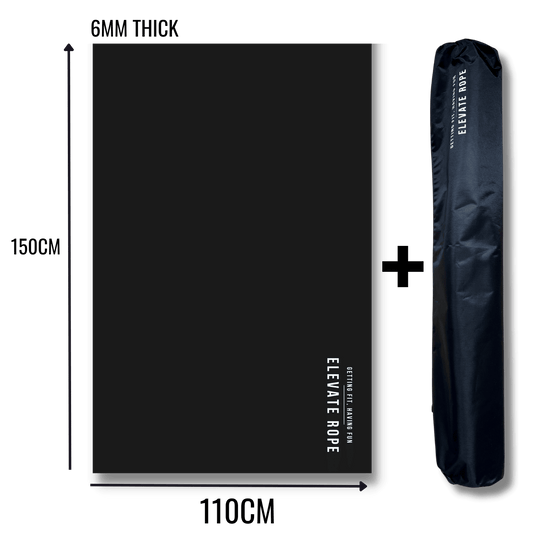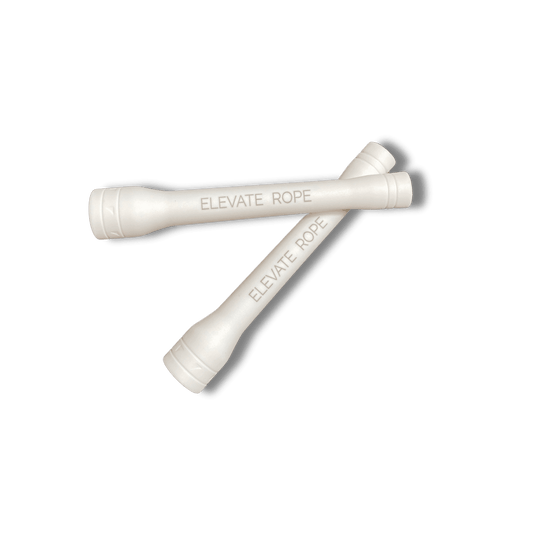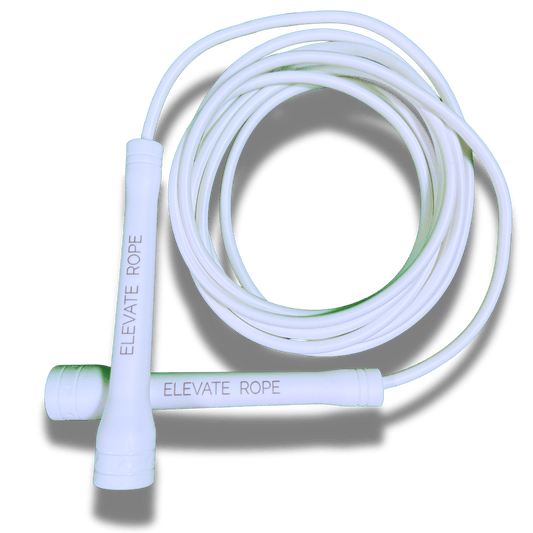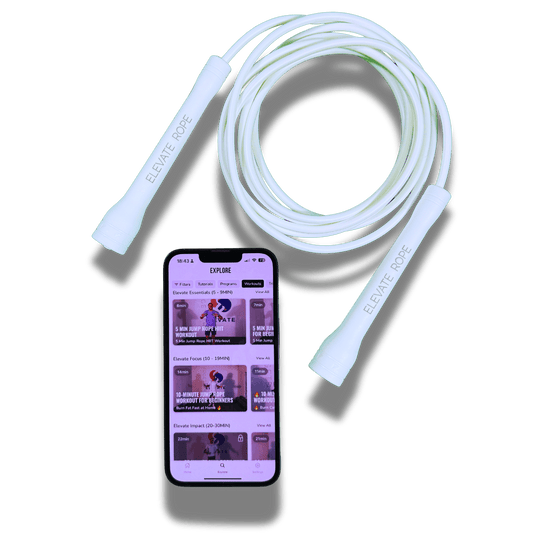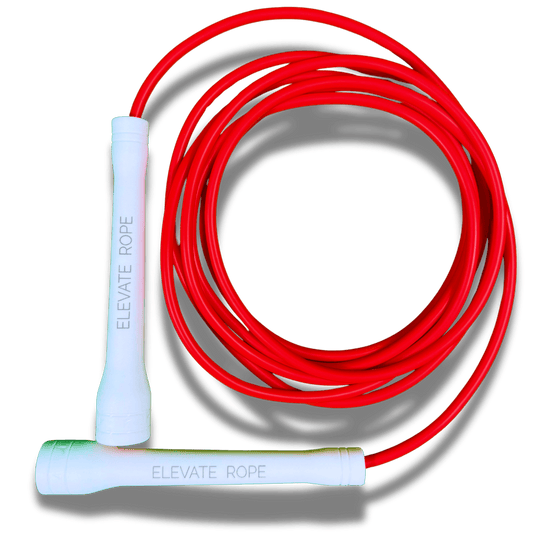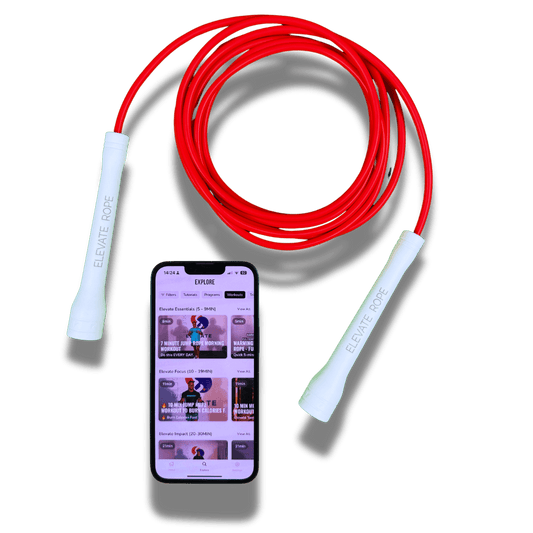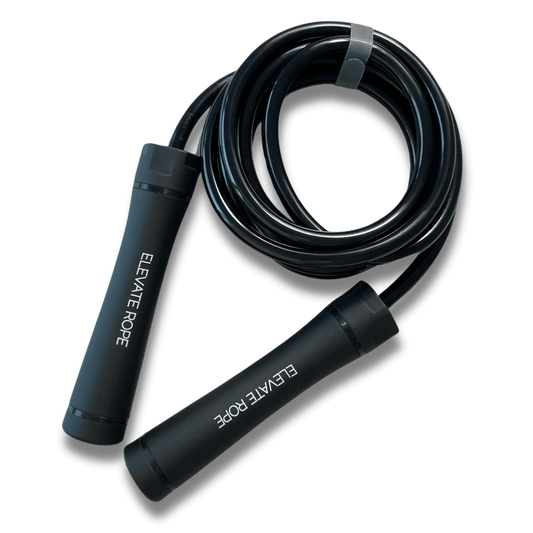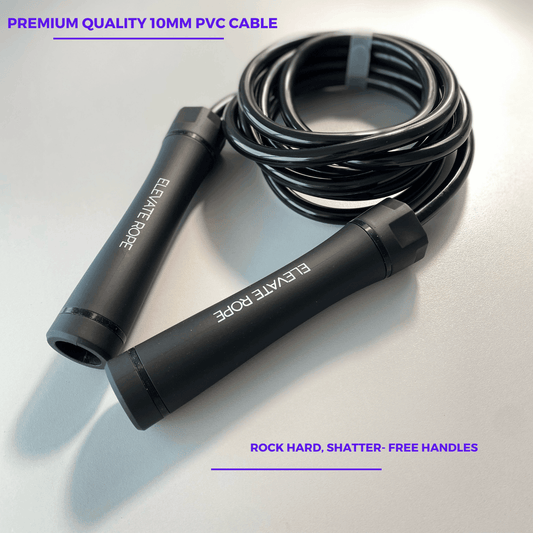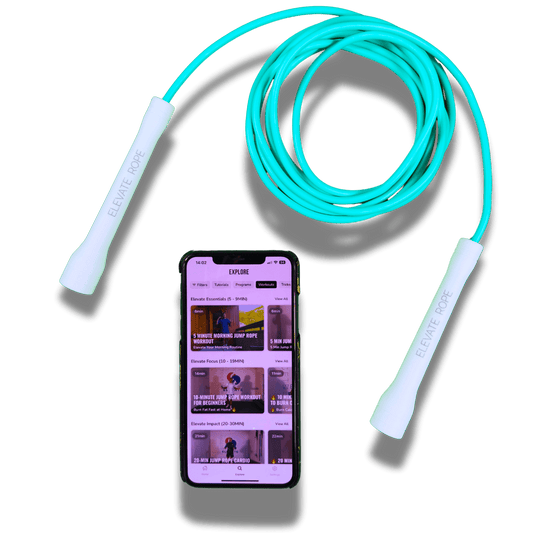Understanding Rate of Perceived Exertion (RPE) Workouts
Rate of Perceived Exertion, Data tracking and personal optimization are key ingredients in fitness success — and understanding exercise intensity is at the heart of progress. Research shows that workout intensity plays a major role in overall fitness results. However, relying only on wearables or gadgets to track effort isn’t always accurate or sustainable.
That’s where Rate of Perceived Exertion workouts (RPE workouts) come in. This simple, science-backed method empowers you to measure workout intensity using your own perception rather than external devices. Whether you’re an elite athlete or a beginner, RPE workouts help you personalize your training based on your body’s signals, goals, and daily energy levels.
If you’re navigating high-intensity interval training (HIIT), lifting weights, or improving endurance, RPE training offers a powerful framework. It allows you to fine-tune effort, improve performance, and recover smarter — all by listening to your body.
Key Takeaway
Incorporating Rate of Perceived Exertion workouts into your fitness routine enhances personalization, improves intensity control, and supports faster recovery. By aligning effort with your physical perception instead of strict digital metrics, you create a sustainable, body-aware approach to training.
Regardless of fitness level, RPE workouts offer an adaptable, effective, and mindful method for managing workout intensity — helping you train smarter and perform better.

What Is the Rate of Perceived Exertion (RPE)?
The Rate of Perceived Exertion (RPE) is a self-assessment scale used to measure how hard you feel you’re working during exercise. Developed by Swedish psychologist Gunnar Borg, the RPE scale helps you gauge workout intensity without the need for heart rate monitors or other devices.
Rate of Perceived Exertion workouts rely on physical cues such as breathing rate, muscle fatigue, and overall effort to determine exercise intensity. The traditional Borg RPE scale runs from 6 to 20, while the modified version uses a simpler 0–10 range.
Because of its accuracy and flexibility, RPE training has become increasingly popular among endurance athletes, strength trainers, and recreational fitness enthusiasts. It bridges the gap between structure and intuition — giving you control over intensity, progress, and recovery in every session.
How RPE Works: A Closer Look at the Scale
The RPE scale operates based on levels of perceived exertion. Here’s a quick breakdown:
- 0-2 RPE: Minimal exertion; activities feel effortless, like casual walking.
- 3-4 RPE: Light exertion; you can talk easily, but the heart rate is slightly elevated.
- 5-6 RPE: Moderate exertion; you can talk but with some difficulty. Often aligns with “fat-burning” zones.
- 7-8 RPE: Hard exertion; conversation is challenging. This range is ideal for HIIT.
- 9-10 RPE: Maximal effort; you’re fully engaged with limited capacity to continue or speak.
Using RPE to Train Smarter and Perform Better
By referencing Rate of Perceived Exertion (RPE) during workouts, you can intuitively adapt your training based on how your body feels. RPE helps you decide when to push harder and when to slow down, creating a more personalized and sustainable approach to fitness. Over time, this awareness sharpens your ability to recognize your limits — improving workout efficiency, recovery, and long-term results.
Why Use RPE Instead of Gadgets?
While heart rate monitors and fitness trackers have transformed how people measure performance, they’re not always reliable or accessible. Devices can be expensive, affected by external factors, and fail to reflect personal energy levels or recovery states. however, rely on your own feedback — making them both practical and accurate, no matter where you train.
RPE’s strength lies in its versatility. Strength trainers, runners, and endurance athletes often use RPE alongside “Reps in Reserve” (RIR) methods to measure effort. Instead of depending solely on data, RPE adds nuance — aligning your workout intensity with your body’s signals and your goals for the day. This body-awareness-driven approach builds resilience, helps avoid burnout, and keeps your training consistent.
RPE in Different Types of Workouts
1. Strength Training
In strength training, RPE serves as a self-guided intensity gauge. For example, training at an RPE of 8 means you feel you could perform two more reps before failure. This helps you lift effectively without overtraining. Tracking perceived effort through RPE promotes progress, builds strength safely, and respects your body’s limits.
2. Cardiovascular Training
RPE is equally valuable in cardio workouts — such as running, cycling, or swimming. A steady Rate of Perceived Exertion workout around RPE 4–5 typically represents a “conversational pace,” balancing challenge and endurance. This flexibility allows athletes to adjust intensity according to terrain, energy, and weather conditions for optimal performance.
3. High-Intensity Interval Training (HIIT)
For HIIT, RPE is a powerful tool for balancing intensity and recovery. During active intervals, aim for an RPE of 7–8, followed by short rest periods at RPE 2–3. This method keeps training challenging yet sustainable — preventing overexertion and maintaining long-term performance.
How RPE Enhances Recovery and Prevents Injury
One of the greatest benefits of RPE workouts is their role in preventing burnout and injury. By listening to your body’s feedback, you can adjust intensity when energy levels dip or soreness appears. This mindful pacing encourages consistency and long-term progress — reducing the risk of overtraining and promoting faster recovery between sessions.
Getting Started with RPE: Tips for Beginners
If you’re new to RPE, here’s how to begin:
- Start with Moderate Intensity: Try workouts around RPE 4–6 to understand how different effort levels feel.
- Practice During Warm-Ups: Use your warm-up to get a sense of light exertion (RPE 2–3) before increasing intensity.
- Progress Gradually: As you gain experience, you’ll naturally learn to push toward higher RPE levels safely.
- Combine with Data: Pair RPE with heart rate tracking or reps in reserve for a complete, balanced view of your performance.
Integrating RPE with Elevate Rope Workouts
Elevate Rope products are designed to help you apply the RPE method effectively in your training. During jump rope sessions, for instance, you can start with a moderate Rate of Perceived Exertion workout (RPE 5–6) for warm-ups, then increase intensity to RPE 7–8 during high-speed intervals.
If you’re using our heavier ropes, like the beaded or weighted jump ropes, aim for an RPE of 7–8 during strength-building sets. This approach builds endurance and power while maintaining perfect control and avoiding fatigue.
Wrapping Up
The (RPE) scale is a powerful, intuitive tool for elevating your training. Whether your goal is strength, endurance, or cardio performance, RPE workouts teach you to listen to your body and train smarter — not just harder.
Start integrating RPE into your next Elevate Rope workout. Use your body’s signals as your guide, enhance performance naturally, and enjoy a more mindful, effective approach to fitness that lasts.
Enjoy this Article? You May Also Like:
- How to Increase Stamina: 15 Proven Methods for Lasting Energy and Endurance
- Medical Misdiagnosis: The Role of Second Opinions in Preventing Medical Misdiagnosis
- Beyond the Basics in 2024: Crafting a Killer Fitness Jump Rope Workout Routines
- Leveraging a Recuperation Week for Amplifying Your Bodybuilding Progress
- The Complete Grocery Shopping Guide for Starting the Warrior Diet
